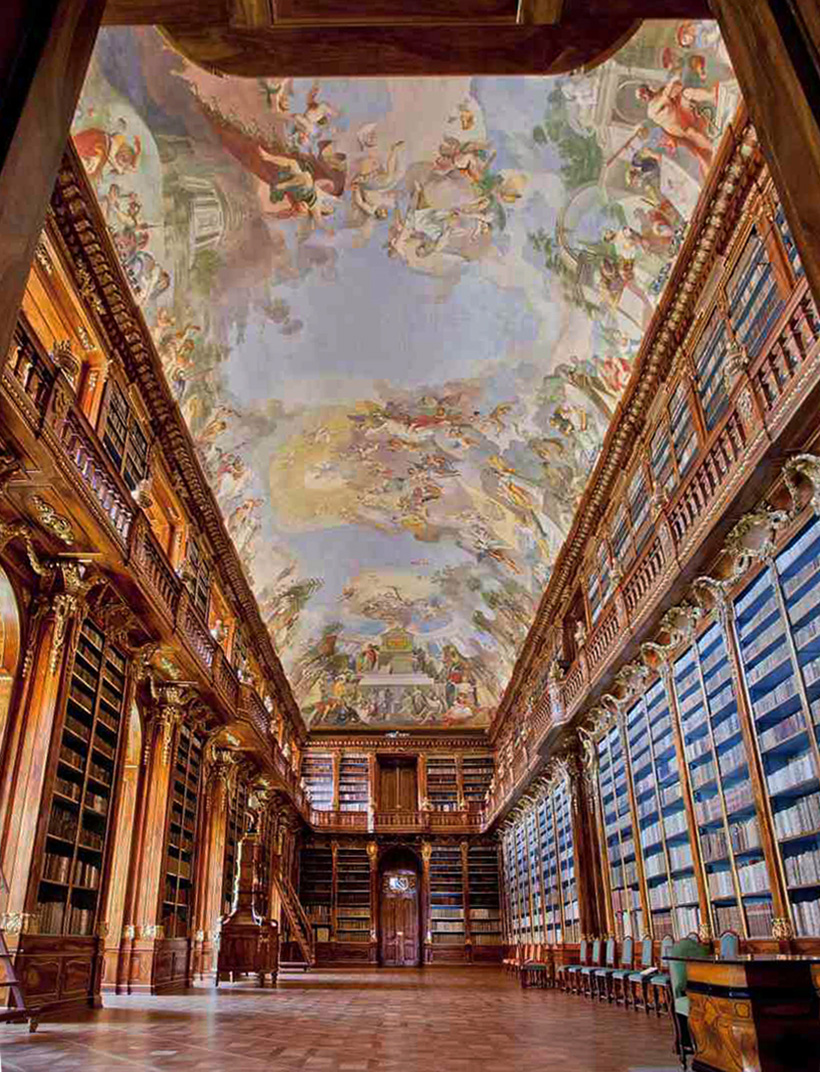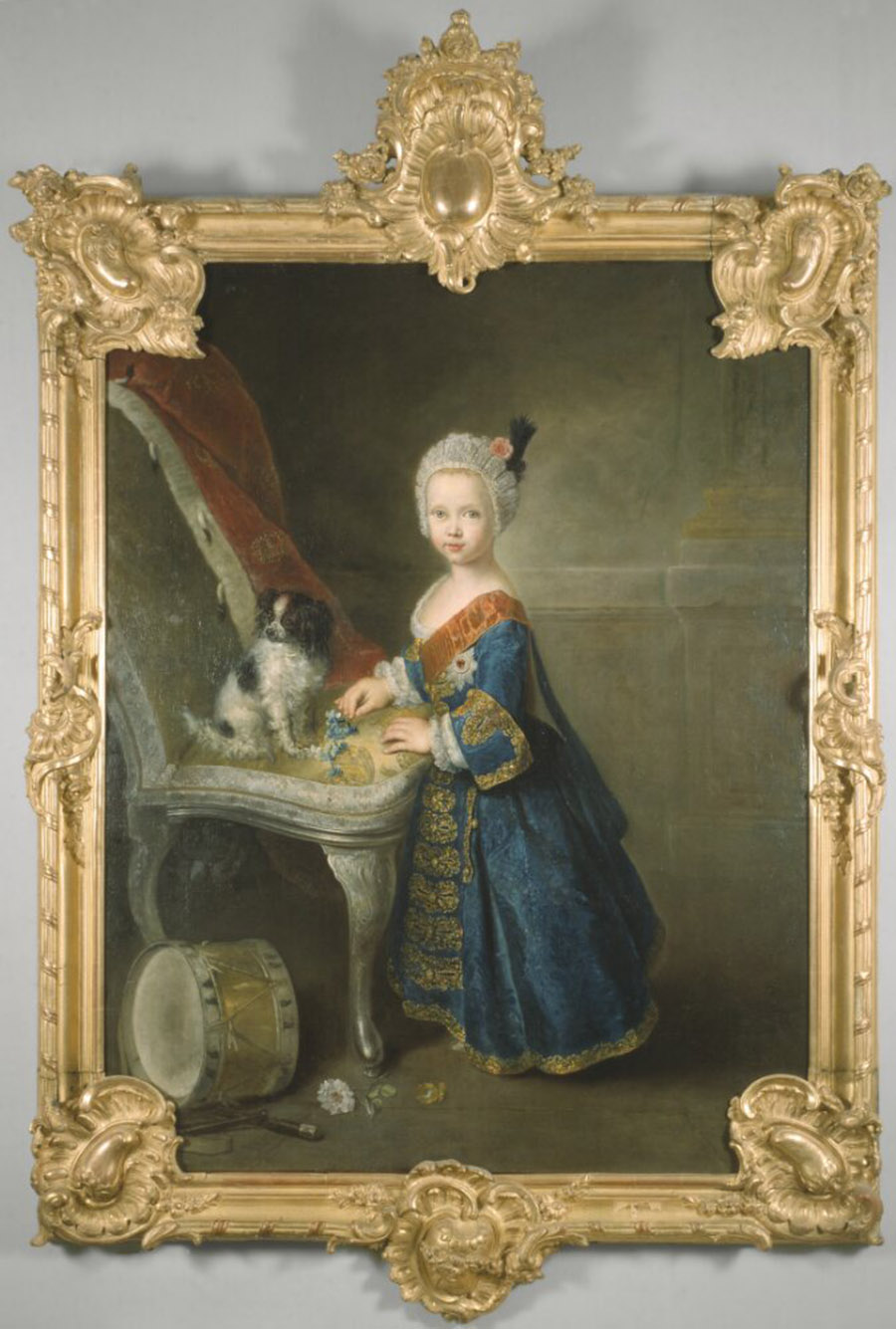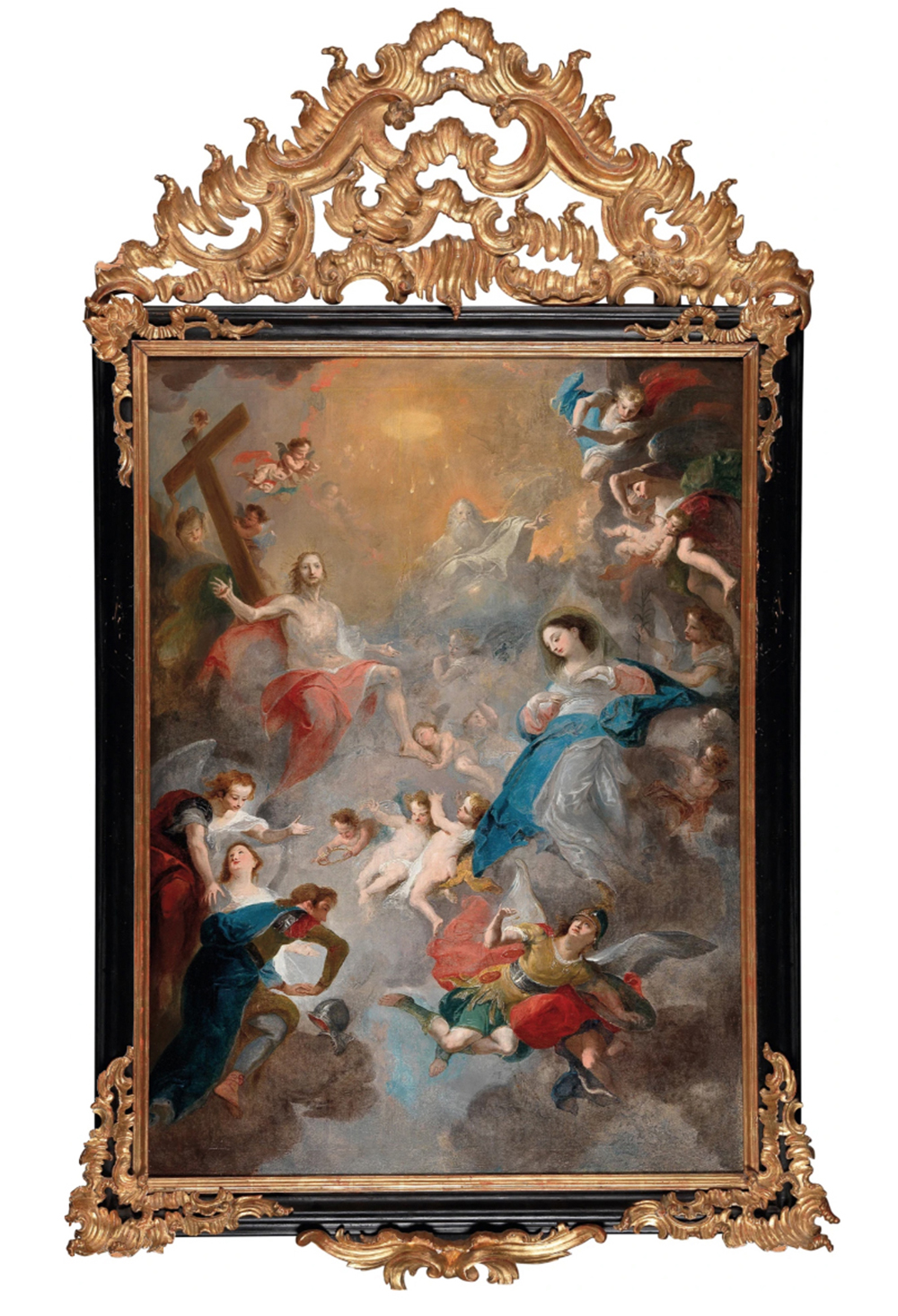Reframing the Rococo: FRANZ ANTON MAULBERTSCH (attributed), study for ‘’The Presentation of Christ in the Temple’’, Cleveland Museum of Art
Posted: 27 Apr 2023 by PML
Franz Maulbertsch (1724-96) was a Viennese artist whose work was sought after for castles and churches across the Austro-Hungarian Empire. He had been particularly influenced by Venetian Rococo painting, and his wall, ceiling and easel paintings are all infused with the airy lightness of Tiepolo and Piazzetta: see, for example, his fresco, Allegory of Time and Light at the imperial summer palace, Schloss Halbturn.

In 1794, when he was 70, he painted the vast ceiling (32 metres in length) of the Philosophical Hall, part of the library of the Hungarian monastery at Strahov, setting the intellectual progress of mankind against a radiantly-lit sky where Christianity, philosophy and science meet and grow from each other. His church frescos are equally light-infused and almost insubstantial, using the delicate technique of his Venetian models to create an impression of the celestial and transcendent.

The original frames for German, Austrian and Hungarian easel paintings in this style were created in exactly the same spirit. They are notable for their slender rails of plain and unadorned mouldings which erupt at the centres and corners into wing- and flame-like extravaganzas of flyaway woodwork, as though great golden butterflies had alighted there. They were designed to complement interiors designed in the spirit of full Rococo flamboyance, such as those in the German palaces of Berlin and Potsdam, and to highlight the paintings installed there. The frames carved for Frederik I of Prussia and his son, Frederik the Great, encapsulate the use of the frame to emphasize and aggrandize the royal portrait (even when it depicted a child), and the same idiom was transferred to paintings of the divine King, Christ.
 Franz Anton Maulbertsch (1724-96), The Holy Trinity with the Madonna and saints, Dorotheum, 10 May 2017, Lot 183
Franz Anton Maulbertsch (1724-96), The Holy Trinity with the Madonna and saints, Dorotheum, 10 May 2017, Lot 183
Categories
- Articles on multiple aspects of European frames
- Recent framing projects undertaken by Paul Mitchell Ltd
